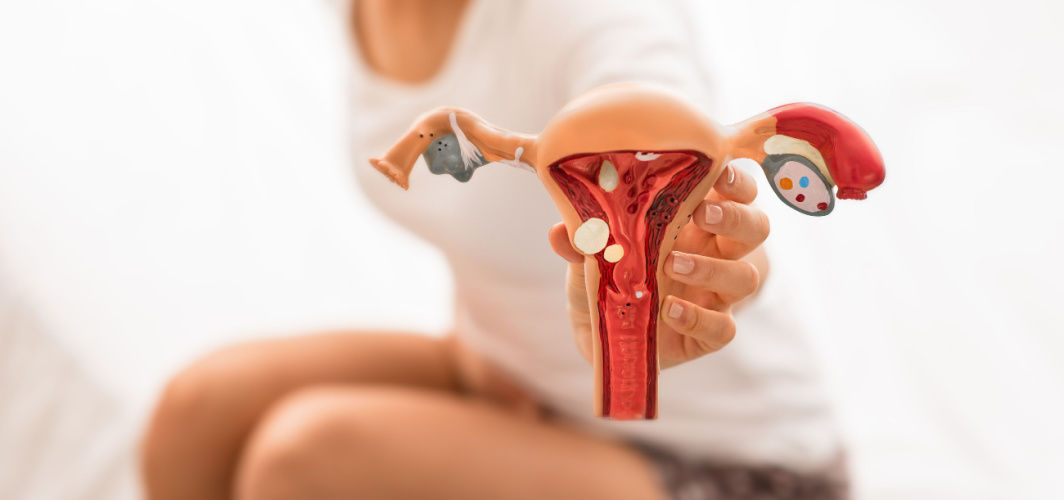Women's Wellness
Are Menstrual Cups Safe?
3 min read
By Apollo 24|7, Published on - 26 October 2022, Updated on - 22 May 2024
Share this article
0
0 like

We all come across promotional advertisements for sanitary napkins now and then. But have you ever heard of menstrual cups? Menstrual cups are an increasingly popular and most talked about menstrual hygiene product lately. While they are considered sustainable and eco-friendly, are they safe to use? This article will explore the research on menstrual cup safety and hygiene and the potential health benefits of using them.
What are menstrual cups?
Menstrual cups or period cups are small, reusable cups that are inserted into the vagina to collect menstrual blood. They are typically made from silicone or latex and can be worn for up to 12 hours. Unlike tampons and pads, which absorb menstrual blood, menstrual cups collect it, thereby reducing the risk of toxic shock syndrome (TSS). TSS is a life-threatening complication characterized by the release of toxins in the blood by the overgrowth of bacteria.
Menstrual cup size
Menstrual cup sizes can be measured by the amount of blood flow one has during periods. Some specifications for first-time users include the following:
- Menstrual cups come in common small, medium, large, and extra-large sizes.
- They are also available in sizes 1 and 2 or A and B.
You can talk to a gynaecologist to be sure of which size would fit you the best.
Are Menstrual Cups Safe To Use?
There is strong evidence to suggest that a menstrual cup is safe.
- A recent systematic review found that menstrual cups are associated with a lower risk of Toxic Shock Syndrome (TSS) than tampons. It also reduces the risk of other infections, such as yeast or bacterial vaginosis.
- Another study found that women who used menstrual cups were less likely to experience bacterial vaginosis than women who used tampons.
- Menstrual cups are hygienic. They are made of medical-grade silicone, a safe and non-porous material that does not harbour bacteria.
- In addition, menstrual cups can be washed with soap and water or sterilised between uses, making them even more hygienic. Menstrual cup benefits outweigh the risks associated with their usage.
What Are the Pros and Cons of Using Menstrual Cups?
Advantages of using a menstrual cup:
- Reduced chances of Toxic Shock Syndrome: Menstrual cups are associated with a lower risk of TSS than tampons.
- Lower Risk of Other Infections: Menstrual cups are associated with a lower risk of yeast or bacterial infections.
- Lesser Chemical Exposure: Menstrual cups do not contain any bleach or other harsh chemicals that can be found in some tampons and pads.
- Reduced Environmental Impact: Menstrual cups are eco-friendly and can be used for years, unlike tampons and pads.
- Cost-Effective: Menstrual cups are a more cost-effective menstrual hygiene option in the long run than tampons and pads.
Disadvantages of using a menstrual cup:
- Irritation: If one is wearing the wrong cup size, it can lead to irritation, itching, and leakage.
- Uneasiness: The process of inserting and removing the cup can be uneasy, especially in public places.
Menstrual cups are a safe, hygienic, and cost-effective menstrual hygiene option. They are associated with a lower risk of TSS and other infections than tampons. If you are considering using a menstrual cup but are unsure of the right size,
Consult An Apollo Gynaecologist
Medically reviewed by Dr Sonia Bhatt.
Leave Comment
Recommended for you

Women's Wellness
Endometriosis Diet: What To Eat And Avoid?
Approximately 190 million women worldwide live with endometriosis but it often goes undiagnosed. While no permanent cure has been found yet, an endometriosis diet can help manage the symptoms and aid patients in leading a normal life.

Women's Wellness
Do All Women Need Folic Acid Supplements?
Folate is required by the body for the formation of RBCs and WBCs in the bone marrow. It is also important for proper growth and development during pregnancy and infancy.

Women's Wellness
5 Tips to Conceive Easily
With family planning taking a back seat, planning pregnancy is getting increasingly stressful for 21st-century couples. If you are ready to take the parental plunge but facing challenges to conceive, hook on to this blog to discover 5 easy tips.
Subscribe
Sign up for our free Health Library Daily Newsletter
Get doctor-approved health tips, news, and more.
Recommended for you

Women's Wellness
Endometriosis Diet: What To Eat And Avoid?
Approximately 190 million women worldwide live with endometriosis but it often goes undiagnosed. While no permanent cure has been found yet, an endometriosis diet can help manage the symptoms and aid patients in leading a normal life.

Women's Wellness
Do All Women Need Folic Acid Supplements?
Folate is required by the body for the formation of RBCs and WBCs in the bone marrow. It is also important for proper growth and development during pregnancy and infancy.

Women's Wellness
5 Tips to Conceive Easily
With family planning taking a back seat, planning pregnancy is getting increasingly stressful for 21st-century couples. If you are ready to take the parental plunge but facing challenges to conceive, hook on to this blog to discover 5 easy tips.